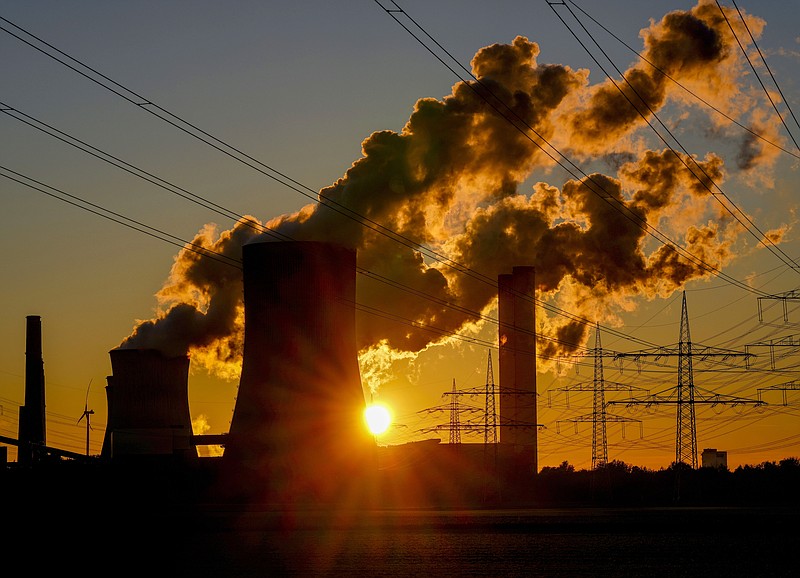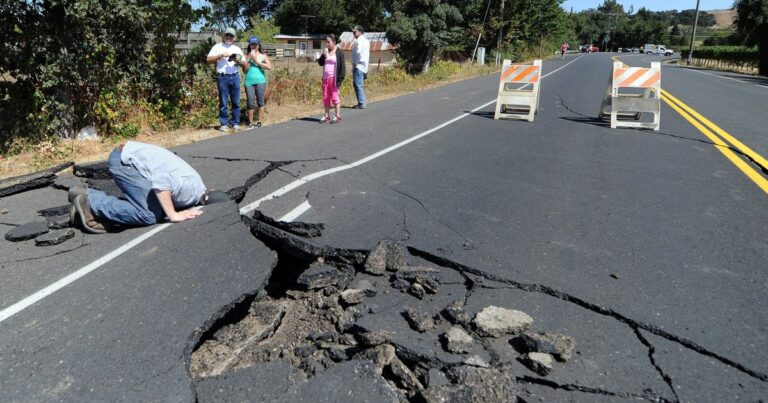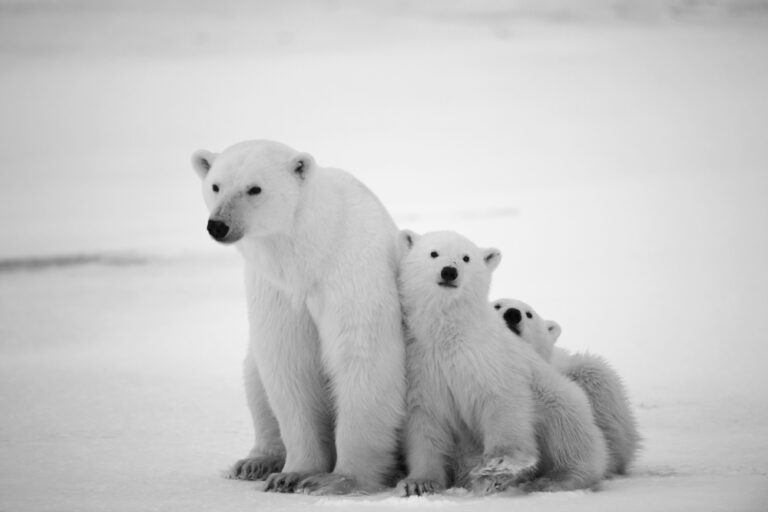Understanding Global Warming: A Comprehensive Overview
Global warming is a critical environmental issue that has garnered significant attention in recent decades due to its far-reaching impacts on the planet. It refers to the long-term increase in Earth’s average surface temperature, primarily driven by human activities that release excessive amounts of greenhouse gases into the atmosphere. These gases trap heat and cause the planet to warm, leading to adverse effects on ecosystems, weather patterns, sea levels, and more.
The Greenhouse Effect and Greenhouse Gases
The Earth’s atmosphere acts like a natural greenhouse, allowing sunlight (solar radiation) to enter and warm the surface. However, not all of this energy is re-radiated back into space; some is absorbed by the Earth’s surface and re-emitted as infrared radiation. Greenhouse gases, such as carbon dioxide (CO2), methane (CH4), nitrous oxide (N2O), and water vapor (H2O), trap a portion of this infrared radiation, keeping the planet warm.
While the greenhouse effect is essential for maintaining a habitable climate, human activities, notably the burning of fossil fuels (coal, oil, and natural gas), deforestation, industrial processes, and agriculture, have led to an overabundance of these greenhouse gases in the atmosphere. This excess amplifies the greenhouse effect, resulting in global warming and climate change.
The Role of Carbon Dioxide Emissions
Carbon dioxide is a primary contributor to global warming. When fossil fuels are burned for energy, carbon stored in these fuels is released as CO2 into the atmosphere. Deforestation and land-use changes also contribute by reducing the Earth’s capacity to absorb CO2 through processes like photosynthesis. The increased concentration of CO2 in the atmosphere enhances the greenhouse effect, leading to a rise in global temperatures.
Impacts of Global Warming
1. Rising Temperatures:
The Earth’s surface temperature has increased over the past century, causing more frequent and intense heatwaves, affecting ecosystems, agriculture, and human health.
2. Melting Polar Ice and Glaciers:
Rising temperatures lead to the melting of ice caps and glaciers, contributing to rising sea levels and threatening coastal communities.
3. Rising Sea Levels:
Thermal expansion and the melting of glaciers and ice sheets contribute to rising sea levels, endangering coastal areas and island nations.
4. Extreme Weather Events:
Global warming intensifies extreme weather events such as hurricanes, storms, floods, and droughts, causing significant damage to communities and infrastructure.
5. Disruption of Ecosystems:
Changes in temperature and weather patterns disrupt ecosystems, affecting wildlife, plant life, and delicate ecological balances.
6. Ocean Acidification:
Increased CO2 levels lead to higher absorption of CO2 by oceans, causing acidification that negatively impacts marine life, particularly coral reefs and shellfish.
Mitigation and Solutions
Addressing global warming necessitates a collective effort to reduce greenhouse gas emissions and transition to sustainable, low-carbon alternatives. Some crucial mitigation strategies include:
- Transitioning to Renewable Energy: Promoting solar, wind, hydro, and geothermal energy to replace fossil fuels.
- Energy Efficiency: Implementing energy-efficient technologies and practices across various sectors.
- Afforestation and Reforestation: Planting trees and restoring forests to absorb CO2 from the atmosphere.
- Sustainable Transportation: Encouraging electric vehicles, improving public transportation, and reducing reliance on petrol and diesel vehicles.
- Climate Policies and Agreements: Encouraging global cooperation and adherence to agreements like the Paris Agreement to limit global temperature increases.
Understanding and addressing global warming is essential for safeguarding the planet’s future and ensuring a sustainable and habitable environment for generations to come.







